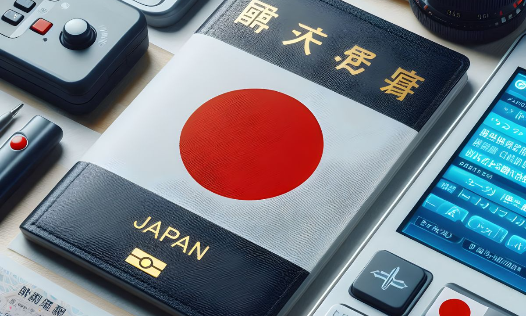Payment is being processed. Please do not refresh or close this page until your payment is complete.
 Book an Appointment
Book an Appointment

Japan is launching its own Electronic System Travel Authorization (ESTA) to simplify entry for foreign visitors while tackling overtourism. This move aims to balance tourism growth with sustainability as Japan prepares for record-breaking visitor numbers by 2030.
Japan is poised for a significant shift in its tourism landscape, accelerating the rollout of its Electronic System for Travel Authorization (ESTA) system, known as ‘JESTA.’ This move, announced by Prime Minister Shigeru Ishiba, aims to streamline visitor entry while managing the country’s surging tourist numbers.
This comes as Japan targets an ambitious 60 million international visitors by 2030, a goal that necessitates both efficiency and sustainable tourism practices.
Introducing JESTA: Japan’s New Digital Travel Entry
Inspired by systems like the U.S. ESTA and the UK’s ETA, JESTA will require travellers from visa-exempt countries to apply online before their arrival. Currently, citizens of 71 countries, including the United States, United Kingdom, Australia, and many European nations, can enter Japan for up to 90 days without a visa.
However, with JESTA, these travellers will need to complete an online application, providing their travel details to Japanese authorities in advance.
How JESTA Will Work and Who Needs It
The JESTA system is designed to enhance border security and reduce immigration wait times. Travellers will need to provide passport details, travel plans, and other relevant information through an online portal.
The system will then perform background checks, allowing authorities to pre-screen visitors. This pre-screening is intended to improve security and expedite the arrival process.
• Who Needs It: Travelers from the 71 visa-exempt countries will be required to apply for JESTA.
• How It Works: An online application process will collect traveller information, allowing for pre-arrival screening.
• Benefits: Enhanced security, reduced wait times, and better management of tourist flow.
While details on implementation are still emerging, the primary goal is to enhance security and efficiently manage the increasing number of visitors.
Japan’s Tourism Boom and the Need for Regulation
Japan has witnessed a massive surge in international arrivals, with over 25 million visitors in 2023 and nearly 37 million in 2024. The government now aims to attract 60 million tourists by 2030, generating an estimated 15,000 billion yen in tourism revenue.
However, the rapid influx of visitors has also led to overtourism, putting pressure on infrastructure and iconic landmarks. The introduction of the Japan ETA aligns with broader strategies to balance tourism growth with sustainability.
Measures to Control Overtourism
Mount Fuji’s Entry Fee Hike
Mount Fuji, one of Japan’s most visited sites, has been struggling with overcrowding. To address this, authorities have doubled the climbing fee from 2,000 to 4,000 yen for those using the Yoshida trail during the peak climbing season (July–September). This revenue will help maintain hiking trails, manage waste, and preserve the mountain’s ecosystem.
Kyoto’s Tourist Tax Proposal
Kyoto, Japan’s cultural hub, is also exploring ways to curb excessive tourism. Officials are considering increasing the existing tourist tax to fund heritage preservation and improve visitor management.
A Sustainable Future for Japanese Tourism
Japan’s dual focus on digital efficiency and sustainable practices reflects a commitment to responsible tourism. The JESTA system will streamline arrivals, while measures like increased fees and tourist taxes will help protect iconic sites. This balanced approach aims to ensure that Japan remains a desirable destination for future generations.
Source: https://travelobiz.com/japan-travel-authorization-jesta-who-needs-it/